Soluciones
La gama de negocios de construcción de caballos se extiende a todo el mundo y sirve a miles de clientes con productos, orientación técnica especializada en construcción, y somos testigos del reinicio de la marca china con ellos.
According to the investigation data, the cause of structure cracking in engineering practice is about 80% of the cracks caused by "deformation" or cracks caused by "deformation" as the main factor, and about 20% of the cracks caused by the "load" factors.
1.Load
It includes self weight, vehicle load, crowd load, construction load, wind load, seismic load, water pressure, ice pressure, water buoyancy, soil pressure, and prestress.
2.Deformation
They include shrinkage, creep, hydration heat, environmental temperature changes, forced displacement (such as foundation or support displacement). The restraining effect and supporting friction effect between different parts of the same component.
According to the investigation data, the cause of structure cracking in engineering practice is about 80% of the cracks caused by "deformation" or cracks caused by "deformation" as the main factor, and about 20% of the cracks caused by the "load" factors.
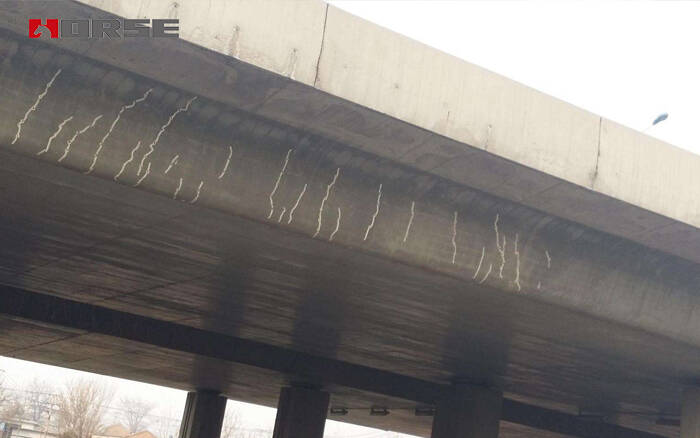
In reinforced concrete structures, the strain of tension steel always exceeds the ultimate tensile strain of concrete, and cracks are inevitable. According to the durability requirements, when the width of the crack is less than 0.2mm, the steel bars are generally not corroded. Even if the cracks reach or slightly exceed the allowable value (0.2mm), the strength of the beams will not have obvious influence. When the cracks are large and the width is large, the stiffness of the beams will be reduced, and the reinforcement is eroded by harmful medium. Reinforcement must be carried out at this time, otherwise the service life of the bridge will be affected.
The usual methods for repairing cracks are crack repair, structural crack injection, externally bonded steel plate, externally bonded CFRP wrap, Pre-stressed FRP plate.
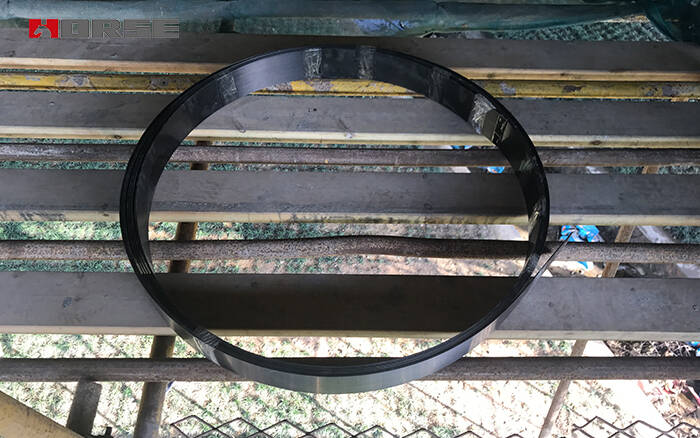
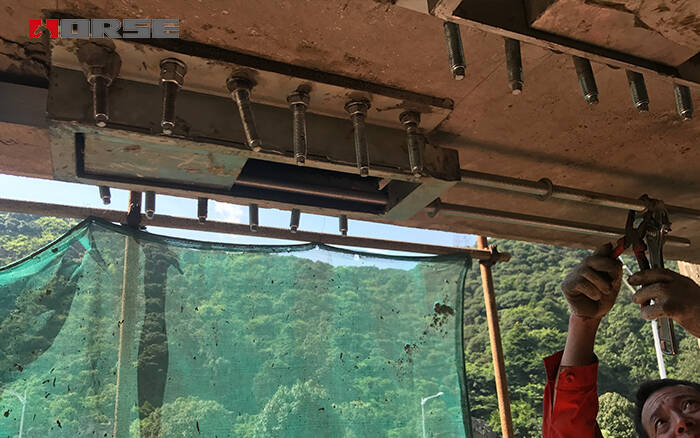
Puede encontrar cualquier cosa que necesite, confíe en probar estos productos y encontrará la gran diferencia después de eso.
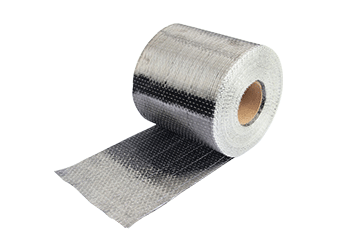
Tejido de fibra de carbono unidireccional de alta resistencia para refuerzo de compuesto de polímero reforzado con fibra (FRP).
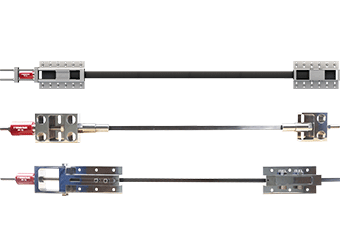
Placa / laminado / banda de polímero pretensado reforzado con fibra de carbono (CFRP) para la losa, refuerzo del haz
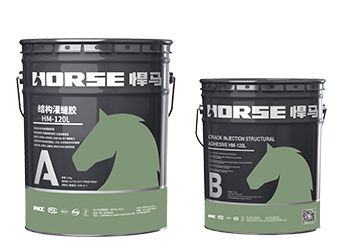
Adhesivo de inyección de grietas epóxicas de muy alta penetración y baja viscosidad para reparar grietas de concreto